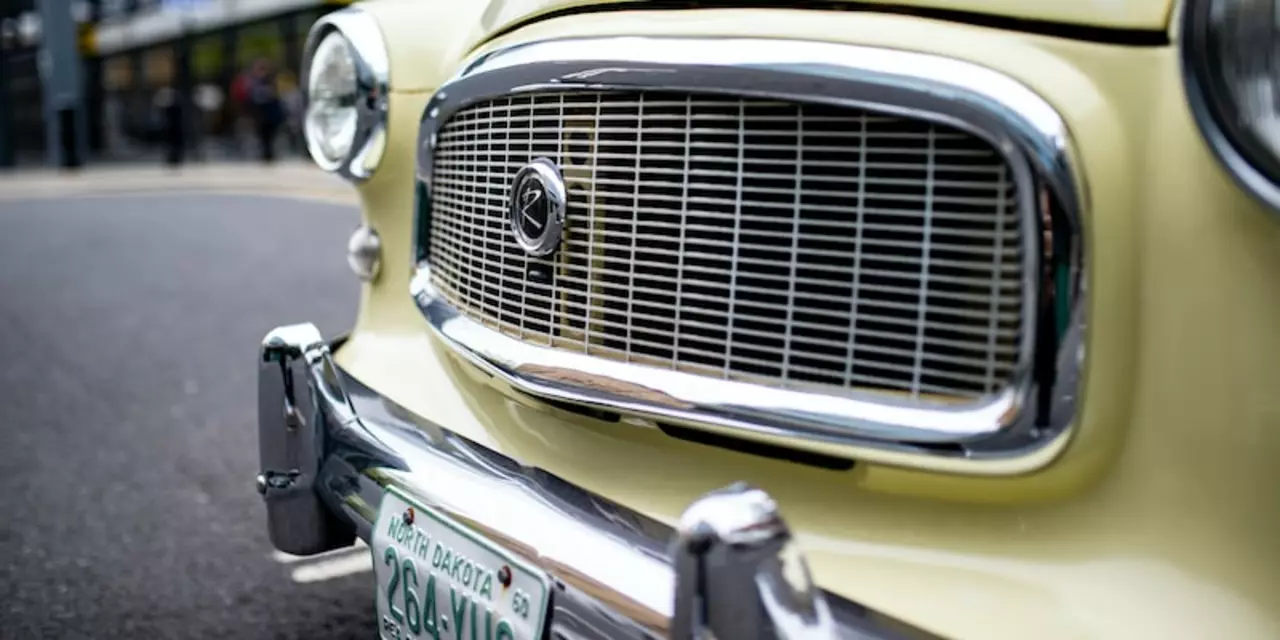Repair Costs: What You’ll Actually Pay to Fix Your Car
When your car starts making weird noises or a light comes on, the first thing you think about is the price tag. Nobody wants a surprise bill, so it helps to know the typical costs before you hand over your keys. In this guide we break down the most common repairs, explain why prices vary, and share tips to keep the total down.
Common Repair Costs
Brake pad replacement is one of the most frequent fixes. Most front‑pad jobs run between $100 and $200, including parts and labor. If you need rotors too, add another $150‑$300. Timing belt swaps are less common but pricey; a full replacement can cost $500‑$900 because the belt itself and the labor time are both high.
Stuff like battery replacement is cheap by comparison. A standard battery costs $80‑$150, and a shop will usually install it for $20‑$40. Oil changes, the classic “keep it simple” service, run $30‑$70 if you go to a quick‑lube spot, but a dealership may charge $50‑$100.
More serious issues like a transmission repair can blow your budget. Rebuilding a transmission often lands between $1,800 and $3,500, while a full replacement may top $4,000. Engine problems vary wildly; a simple gasket fix might be $200, but a complete engine overhaul can exceed $5,000.
How to Keep Repair Bills Low
First, get at least three quotes. Prices for the same job can differ by $200 or more between shops. Ask each shop to break down parts and labor so you can see where the differences are. Second, make sure the parts are the right fit for your car. Aftermarket parts are usually cheaper, but check reviews to avoid cheap‑quality issues that could cause more repairs later.
Regular maintenance is another money‑saver. Changing your oil on schedule, rotating tires, and checking fluid levels can stop small problems from becoming big ones. For example, replacing worn spark plugs every 30,000 miles can prevent engine misfires that might otherwise need a costly tune‑up.
If you’re handy, tackle simple jobs yourself. Swapping out a headlight bulb, replacing windshield wipers, or even changing the air filter can be done in under an hour with a few tools. Watching short how‑to videos can give you the confidence to do it right and avoid a shop’s labor charge.
Finally, keep a repair fund. Setting aside $50‑$100 each month builds a cushion that makes unexpected bills less stressful. When you have money ready, you can choose the best shop rather than the cheapest one that might cut corners.
Knowing the typical repair costs helps you plan and negotiate. Use the price ranges above as a benchmark, shop around, and stay on top of regular maintenance. With a little effort you can keep your car running smoothly without breaking the bank.
What happens if your car overheats and the radiator cracks?
- Thomas O'Reilly
- Feb 18 2023
- 0 Comments
If your car overheats, it can cause the radiator to crack. This can cause the radiator to leak and the engine to seize up. If the engine seizes up, it will need to be replaced or rebuilt. If the radiator is cracked, it will need to be replaced and refilled with coolant. It is important to regularly check your coolant levels, as well as keep an eye on the temperature gauge, to ensure your car does not overheat.
View More
